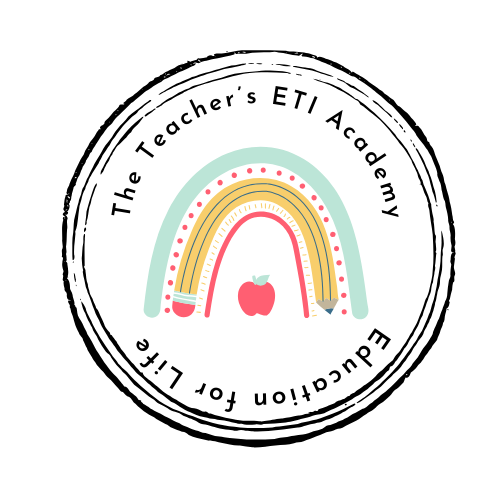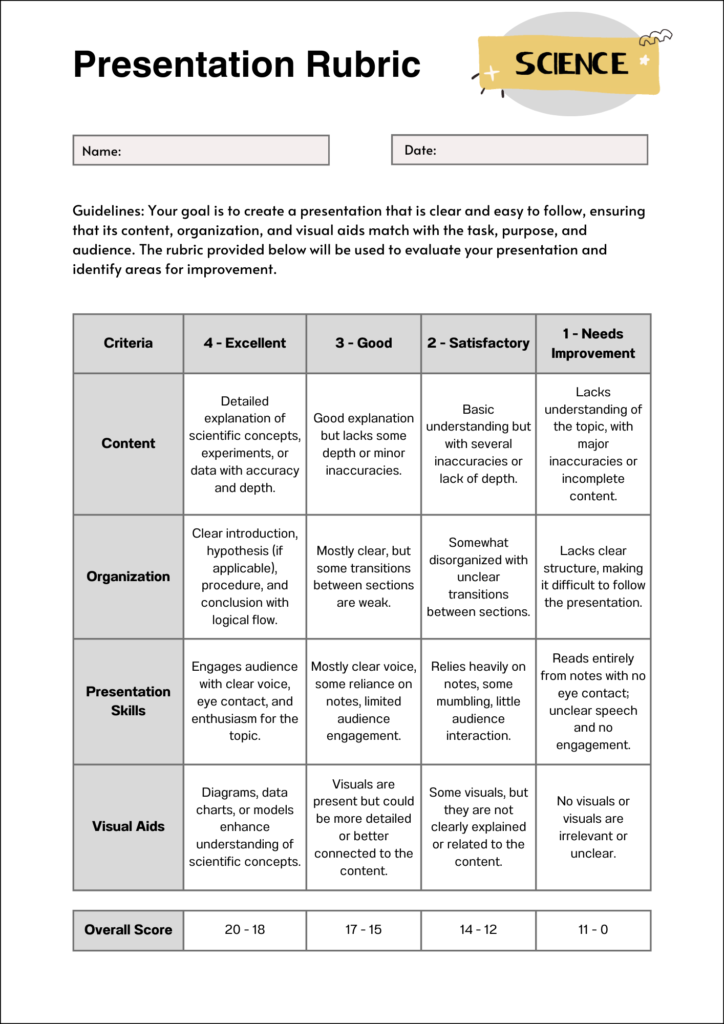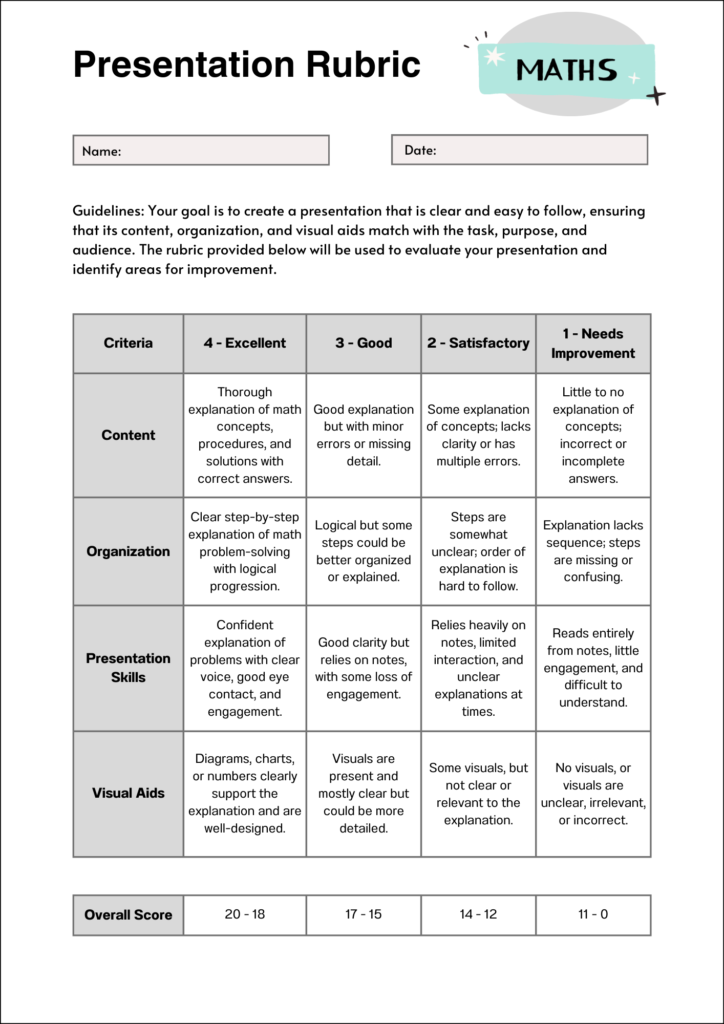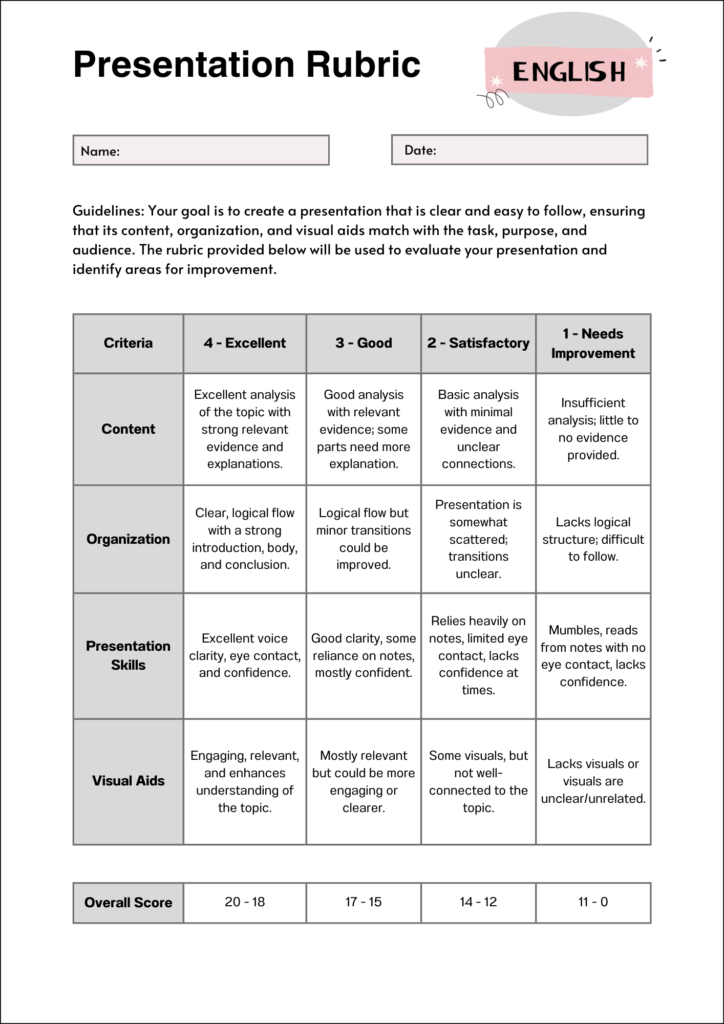How Constructive Feedback Improves Student Learning
Discover how constructive feedback improves student learning, backed by research on motivation, engagement, and academic success. Learn actionable tips for giving feedback that supports real growth.
The Science Behind Meaningful Criticism
We’ve all heard the phrase, “It’s not what you say, it’s how you say it.” That couldn’t be more true when it comes to giving feedback in the classroom.

Whether you’re teaching math, English, or science, how you guide your students through successes and challenges can shape their academic growth in powerful ways. Constructive feedback isn’t just a tool for assessment—it’s a key driver of student learning and motivation.
So, what exactly makes feedback effective? And how does it influence learning outcomes? Let’s explore.
Why Feedback Matters
At its core, feedback helps students understand where they are in their learning and what they can do to improve. But beyond correcting errors or praising success, effective feedback:
- Builds confidence and persistence
- Encourages deeper thinking and problem-solving
- Supports the development of independent learning skills

Research consistently shows that specific, timely, and constructive feedback leads to greater student engagement and improved academic performance. When students feel that their efforts are acknowledged and their progress is supported, they are more likely to stay motivated and take ownership of their learning.
How Constructive Feedback Improves Student Learning
According to educational research, constructive feedback—especially when it is formative (given during the learning process)—can transform the way students learn. It fosters what is known as self-regulated learning: students begin to plan, monitor, and reflect on their learning more effectively.
Effective feedback is:
- Specific and focused on observable behaviors or outcomes
- Actionable, offering clear steps for improvement
- Supportive, framed in a way that motivates rather than discourages
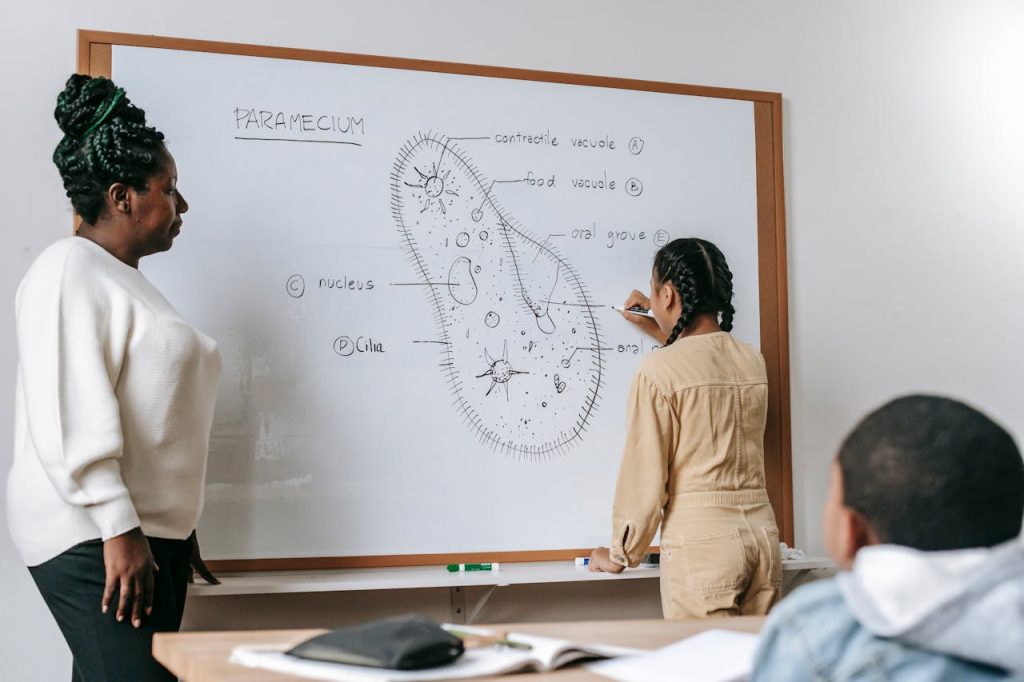
In fact, feedback that emphasizes effort, strategies, and growth helps students develop a learning mindset, making them more resilient and curious learners.
Turning Constructive Feedback into Action with Rubrics
One of the most effective ways to deliver consistent, constructive feedback is through rubrics. A well-designed rubric gives students a clear picture of what success looks like and where they can improve. It also helps teachers provide objective, targeted feedback quickly and effectively.
At ETI Academy, we’ve created rubrics specifically for oral presentations in math, English, and science. These rubrics are designed to:
- Clarify expectations for students
- Provide structure for peer and self-assessment
- Support consistent and constructive teacher feedback
By breaking down key performance areas—such as content understanding, organization, clarity, and delivery—our rubrics help students reflect on their performance and see their progress more clearly.
If you’re looking to move beyond vague comments like “Great job” or “Needs work,” these rubrics can help make your feedback more actionable and aligned with learning goals.

You can explore and download our oral presentation rubrics here:
- Math Oral Presentation Rubrics for Teachers
- ELA Oral Presentation Rubrics for the Classroom
- Science Presentation Rubrics for Teachers
Feedback as a Learning Conversation
Constructive feedback isn’t about pointing out flaws—it’s about helping students grow. When feedback is delivered with empathy and clarity, students feel seen, supported, and capable of improvement.

Encouraging students to reflect on feedback, ask questions, and even give feedback to peers fosters a more engaged and empowered classroom environment.
When we treat feedback as part of the learning process—not just the end—we help students build the confidence and skills they need for long-term success.
Boosting Feedback with Teacher Stamp Sets
This blog contains affiliate links to highlighted websites and/or resources. By clicking on the link and making a purchase we may earn a small commission at no extra cost to you. Click here for full disclosure.
Looking for a quick and positive way to reinforce student progress? Teacher stamp sets are a simple yet powerful tool for giving instant feedback. Whether you’re highlighting a strong presentation or encouraging effort, a well-placed “Great Work!” or “Keep Going!” stamp can boost student morale and make your feedback more memorable.
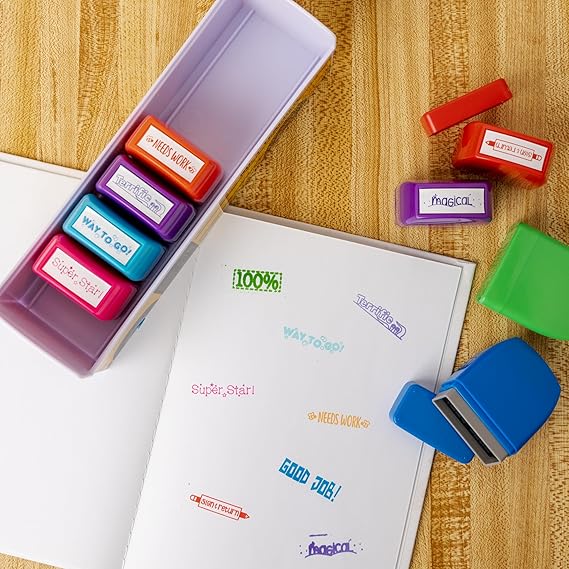
These stamps are especially useful alongside rubrics—they provide visual reinforcement and save time during assessments. You can find a wide variety of motivational and feedback-focused teacher stamp sets on Amazon, designed specifically with classroom use in mind.
Final Thoughts
Constructive feedback is more than a teaching technique—it’s a mindset. It’s about meeting students where they are and helping them move forward, one step at a time.
With the right tools, like clear rubrics and thoughtful language, you can create a feedback culture that supports student voice, effort, and academic growth.
If you’re ready to start giving feedback that truly supports learning, check out our oral presentation rubrics for science, maths, and English by clicking on the images below. You’ll be able to access these resources through our TpT store.
They’re practical, easy to use, and designed to help both you and your students thrive.
Related Topics
Connect to our other pages as you navigate our website.
- Back to School Resources Teachers Will Love
- 6 Amazing Science Resources for Teachers
- Informative Mental Health Resources for Teens
- Essential Math Resources for the Classroom
- Top Five English Language Resources for Teachers
- Tools to Teaching the Art of Conversation To Students
- What Are Formative Assessments in Education?
- How to Use Summative Assessments for Student Comprehension
Join Us Today!
Join us today to learn more about how to incorporate these resources into your classroom and support the mental health of your students.

Teaching Newsletter
Get your resources, videos, tips, and strategies when you start your journey witht the ETI Academy today!
Share Your Thoughts
Do you agree with our ways on how constructive feeback improves student learning? Let us hear your thoughts on our approaches to giving students constructive feedback inside and outside the classroom!
